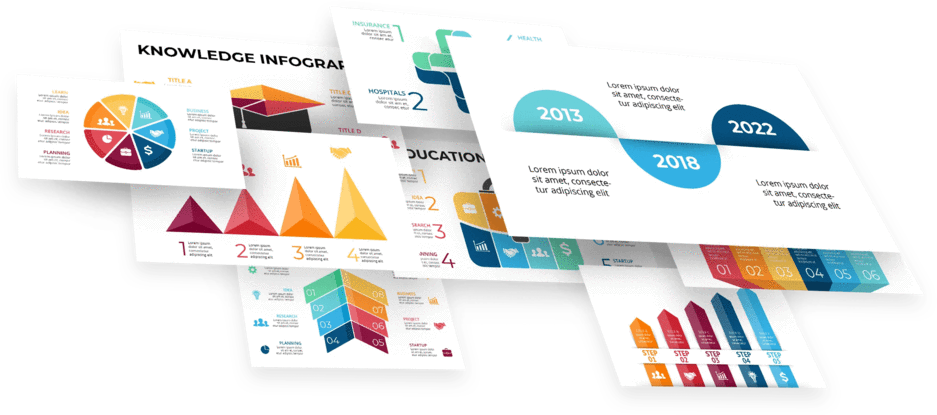What Is a Soar Analysis and How To Create It
Sep 26, 2022
Strategic planning is vital to the growth of any business. Fortunately, there are a wealth of strategic planning tools that you can use.
Though not as popular as SWOT analysis, SOAR analysis is a practical strategic planning tool. It helps companies create strategies by focusing on their strengths and aspirations.
We will cover all the essential details about SOAR analysis and show you how to create one. You can also download a fully editable SOAR analysis template at the end.
What Is a Soar Analysis?
SOAR stands for strengths, opportunities, aspirations, and results. SOAR analysis focuses on the positives of a company and works towards achieving the goals and ambitions of the stakeholders.
Small and large businesses can use this strategic planning tool. The SOAR model comes in a 2x2 matrix that includes the acronym's four elements.
How To Create a SOAR Analysis.
You can make a SWOT analysis in four simple steps. Let's show you how it's done:
Start With Your Strengths.
Your company's strengths are the things that make it stand o. These aren't just the things you are good at but the things you do best.

When listing your strengths, think about your unique selling point (USP), your most valuable assets, and the things you do better than anyone. Your strengths include assets, resources, achievements, uniqueness, firm culture, customer service, technical know-how, etc.
Search for Opportunities.
Opportunities are trends or events you can use to give your company a competitive advantage. An opportunity should increase your company's market share and profitability.
So, how can you identify opportunities? Look at the existing market, industry, and government policies for new trends you can leverage.
Are there new government policies that will be beneficial to your business? Will your products do well in a new market? Are your clients requesting something fresh?
Check out this communication plan template.
What Are Your Aspirations?
After listing your strengths and opportunities, you should have new goals for your business for your company. Note that your aspirations differ from your initial vision of the future. Your aspirations should be short-term.
Take your time to think about the positive transformation you want to make in your business, along with key stakeholders. Remember to be realistic and ensure your goals agree with your company values.
Finish With Results.
Results are the final stage in your SOAR analysis. It is where you decide how you will measure and track your aspirations. The SMART goal-setting technique will come in handy here.
You can also track progress using a balanced scorecard. To avoid being overwhelmed, avoid tracking more than five key metrics. You can reduce the number of metrics to be tracked by only opting for the essential ones.
Here are some questions you should ask at this stage:
- How will you know when your goals are achieved?
- What metrics will you use to measure your goals?
- How will your goals be tracked?
Here are the best marketing infographics!

Benefits of Using SWOT Analysis.
Here are some of the advantages of using the SOAR framework:
- SOAR focuses on strengths instead of weaknesses
- No need for special training since it is easy to use.
- It is helpful for solo entrepreneurs and businesses with employees
- It is forward-looking
- SOAR analysis helps to create a strategic plan based on your situation and aspirations
Get these project infographics free!
Drawbacks of SOAR Analysis.
Below are some of the disadvantages of SOAR analysis:
- SOAR analysis doesn't recognize threats and weaknesses
- It doesn't offer an in-depth analysis of your target market
- Aspirations can be redundant if you already have a mission statement
Final Thoughts.
SOAR analysis can be an essential tool for your strategic thinking. It analyzes your strengths and opportunities to help you develop and achieve your aspirations. However, consider combining it with a SWOT analysis since it doesn't incorporate negatives.
Frequently Asked Questions:
What does SOAR stand for?
SOAR is an acronym for strengths, opportunities, aspirations, and results.
What is the difference between SOAR analysis and SWOT analysis?
The difference between these two planning tools is that SOAR analysis doesn't look at negatives, while SWOT analysis isn't forward-looking. Hence, consider combining them.
How often should I update my SWOT analysis?
We recommend that you update your SOAR analysis annually.
Related Articles:
Get A Free Sample of Our Award-Winning PowerPoint Templates + University
Get A Free Sample of Our Award-Winning PowerPoint Templates + University
Join our mailing list to receive the latest news and updates from our team.
Don't worry, your information will not be shared.
We hate SPAM. We will never sell your information, for any reason.





